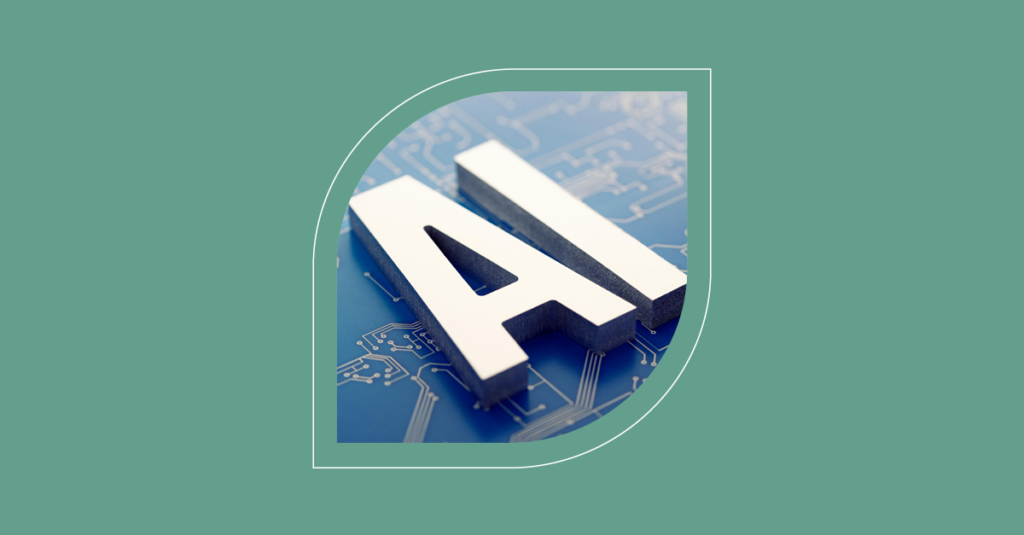How to Level Up Your Skills to Stay Relevant in ITSM
Continual improvement isn’t just for processes and services. You also need to continually improve your skills and knowledge too.

This blog is about continual improvement, but today I’m not going to explain how to improve your processes, or your IT services. If you want advice about those areas have a look at these blogs:
- 5 Tips to Help Prioritize Your CSI Improvements
- How to Continually Improve Your Service Portfolio – Even If You Don’t Have One!
- Managing a continual service improvement register
- Continual Service Improvement (CSI) – The Most Important Service Management Process
This blog is all about professional development. This is not something that will take care of itself, and you should understand that it is far too important to simply leave to the discretion of your employers. You need to think about how you will develop the skills and knowledge that are going to be needed by IT service management practitioners in the future, because this is the most effective way to guarantee that your employers and customers value what you contribute, and helps to put you in a position to choose work you can take pride in and that you enjoy doing.
Valuable Skills Can Become Obsolete
When I started working in IT, I was a hardware support engineer. It took me many years to develop the skills needed to do this, but I became very highly skilled in diagnosing computer faults using my oscilloscope to trace what the computer was doing, and reading circuit diagrams to understand how it was supposed to behave. I had an enjoyable and rewarding job.
After I had done this for a few years, I recognized that the industry was changing. My in-depth electronics skills were no longer needed for repairing computers. Instead of working out which individual components to remove and replace, and then using a soldering iron to make the repair, it became much simpler and cheaper to replace entire circuit boards. But at the same time the interconnections between components were becoming more complex. This meant that different trouble-shooting skills were now needed. So, I set about learning new skills. I learned all about TCP/IP and how to troubleshoot network problems. I learned how to diagnose the root cause of complex faults, often involving software failures as well as hardware. Eventually, this led to a senior role in a software support organization, debugging operating system faults on customer equipment.
Later I learned from experience that many of the issues my customers faced were not in fact due to hardware and software failings, but were a result of the way they designed, built, and operated their IT systems, and this led me to study IT service management (ITSM), and to deliver consulting services to help my customers get more value from their IT.
As organizations I worked with improved their ability to manage their IT services I added information security skills to the mix to enable me to deliver better value to my customers.
What’s This Got to Do with IT Service Management?
The reason I have described my own history here, is because it illustrates the need to keep developing new skills. If I still tried to make a living carrying my oscilloscope around to fix hardware, then I wouldn’t be very successful. The same applies to almost any skill that you have developed.
If you learned all about ITSM 10 years ago, then you probably learned about the importance of well-documented processes, and how you need to define metrics and report them in SLAs.
And these things are still important, but they are no longer enough.
If you continue to rely on the skills you developed 10, or even 5, years ago then you’re going to run into trouble. There are new ways to manage incidents, changes, and problems, and new ways of engaging with customers. If you want to continue to deliver value you need to learn and understand them.
If you consider yourself an ITSM specialist, and you haven’t done so already, then you should seriously be thinking about developing skills in some of these areas:
- Agile
- Lean
- Theory of Constraints
- DevOps
I’ll describe each one of these in a bit more detail to show how they can help.
Agile
I wrote a blog last year, explaining that Major ITSM Improvements Should Start with Small Steps, and this is one of the key ideas behind agile service management. Big projects that take many years to deliver value to our customers are no longer acceptable. An agile approach to ITSM involves constantly experimenting and learning, so that the way we work doesn’t become outdated. We need to learn to make small changes and use feedback so that we can keep improving as the work progresses.
In simple terms this means that we should:
- Identify things that need to be improved: For example, you may want to reduce the number of problems that make no progress for an extended period of time, or reduce the number of changes that cause incidents.
- Form a hypothesis: Maybe problems are taking too long because the prioritisation is wrong, or maybe it’s because there is a shortage of skills or people in a specific area.
- Devise safe-to-fail experiments: Think about how you can test your hypothesis to see if it is right. Ideally this should be a simple change that won’t hurt your customers if you get it wrong.
- Run the experiment and measure the results: If it works well, then consolidate the change and move on. If it doesn’t, then back it out and try again.
Lean
Lean is all about creating maximum customer value with minimum waste. In the context of ITSM the most important aspects of Lean are:
- Identify the end-to-end value chain(s) that you are part of
- Map out the detailed steps to ensure you really understand how the work is done
- Eliminate waste in every activity, reducing process steps to the bare minimum needed to create value
- Ensure that everything you do creates value for customers
I recently used Lean ideas to help a customer improve how they manage IT changes. I talked to each IT group to understand how they work, and then helped them create change models that fitted their way of working, with very little extra effort needed from each team.
You can find some more helpful ideas in Daniel Breston’s blog Blending Agile, Lean and ITSM For Better Business Outcomes.
Theory of Constraints
Theory of Constraints (ToC) is a set of tools for helping to understand, and improve, how work flows through a system. ToC says that every system has one constraint, which acts as a bottleneck, reducing the throughput of the whole system. If you invest in improvements anywhere else then they will be wasted, but if you can identify the constraint then you can make improvements that will affect the whole system. You’ll still have a constraint, but it will have moved somewhere else, and the system will perform better.
If you’d like to learn a bit more about ToC, then see my blog Using Theory of Constraints to Help Continual Service Improvement.
DevOps
Many ITSM people think that DevOps is all about development, so they miss out on this opportunity to optimize value creation for customers. DevOps can be summarized as an approach to delivering IT value based on:
- Culture: Collaborating and working across teams to optimize value for paying customers.
- Automation: Replacing wasteful and unreliable manual processes with reliable and efficient automation.
- Lean: Understanding how value is created, eliminating waste, and incorporating improvement into all activities
- Measurement: Measure activities and outcomes so you can use feedback to keep improving.
- Sharing: Make work visible using Kanban and other methodologies, to help everyone understand how work is flowing through the system.
These ideas apply just as much to how we run IT services as they do to development teams.
Conclusion
There is nothing wrong with previous approaches to ITSM. We still need to manage incidents, changes, problems, and all the rest. If you’ve studied ITIL then you will have learned great ways to do this, and these are still relevant. But there are lots of newer approaches out there that can also help us to do our jobs better by creating more value for our employers and our customers. People who put the time and effort into learning about these newer ways of working will be much better placed to deliver value than those who simply carry on applying the skills and knowledge they have already developed; and they find more opportunities open to them.
An online search will lead you to a wealth of information about newer approaches to ITSM. There are blogs and books to read, online and face-to-face training courses, conferences, and many other opportunities to learn. Find the time, and the motivation, to seize them. It will pay off.
If you’d like more ideas on how to update your ITSM skills, I recommend you download and read this SysAid eBook: Skills and Capabilities Required of a 2020 ITSM Professional.
Did you find this interesting?Share it with others:
Did you find this interesting? Share it with others:









